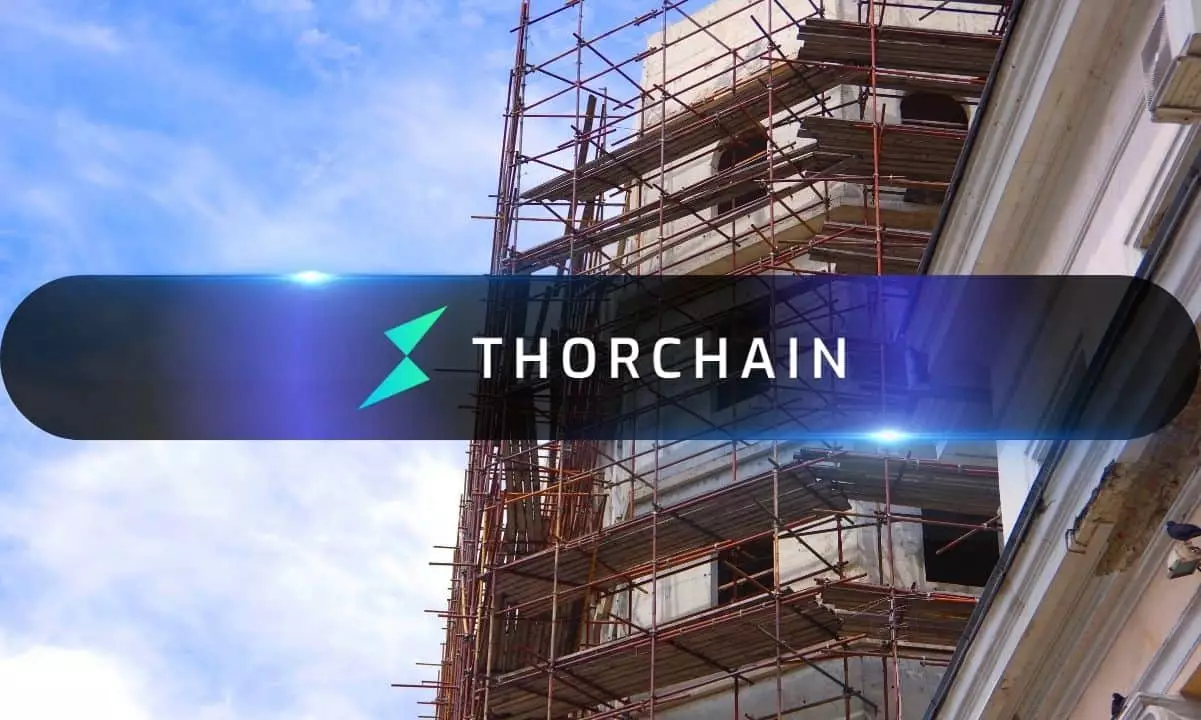In a compelling response to a significant financial challenge, THORChain’s governance body recently approved Proposal 6, a pivotal decision aimed at addressing a staggering debt crisis estimated at nearly $200 million. This restructuring initiative comes at a critical time, as the decentralized cross-chain liquidity protocol finds itself grappling with looming insolvency and operational instability. The gravity of the situation necessitated a concerted effort from community members and governance participants to explore viable solutions that would ensure the protocol’s continued functionality.
Converting Debt into Opportunity
At the heart of Proposal 6 is an innovative strategy to convert defaulted debt into TCY (Thorchain Yield) equity tokens. This move serves a dual purpose: it alleviates the immediate financial burden while simultaneously providing a mechanism for affected users to reclaim their investments. The proposal outlines the minting of 200 million TCY tokens, distributed to users equaling one token for every dollar of defaulted debt. This approach not only obviates the need for any private fundraising efforts but also leverages existing treasury resources to foster recovery, allowing the protocol to maintain its financial footing.
Moreover, the TCY tokens will feature a lucrative incentive structure, granting holders 10% of protocol fees indefinitely. This long-term yield presents an attractive prospect for liquidity providers, effectively aligning their interests with the overall success of the ecosystem. Such measures are critical in maintaining user engagement and loyalty during turbulent times.
Proposal 6 further enhances the ecosystem’s structural integrity by establishing a shallow RUNE/TCY pool priced at $0.10 per TCY. To support this initiative, $5 million from the treasury is earmarked for strategic buybacks over the next ten weeks. This allocation is designed to stabilize the price discovery process, which has been tumultuous. Furthermore, the introduction of Liquidity Nodes aims to optimize capital efficiency, ensuring that liquidity providers are not only incentivized but also involved in governance, reinforcing their role in the network’s decision-making processes.
The conversion of debt into equity tokens, while maintaining solvency without minting additional RUNE, exemplifies a judicious response to financial distress. This method not only opens a potential path for recovery for affected users but also underscores THORChain’s commitment to sustaining operational viability.
Despite these proactive measures, THORChain remains under scrutiny as its native token, RUNE, has experienced a dramatic decline since early December. The suspension of THORFi services further exacerbated the situation, leading RUNE to plummet by nearly 80% in the last month alone, with current trading hovering around $1.21. Although some traders observe faint signals of recovery, the path ahead remains fraught with challenges.
As the protocol adapts and evolves in response to its financial hardships, the community’s resilience and proactive governance will be vital. The success of Proposal 6 hinges on the ability of THORChain to effectively implement these measures, stabilize its market position, and ultimately restore confidence among its users and investors. This restructuring phase is more than just a financial remedy; it represents a crucial turning point for THORChain in its journey through adversity.


Leave a Reply